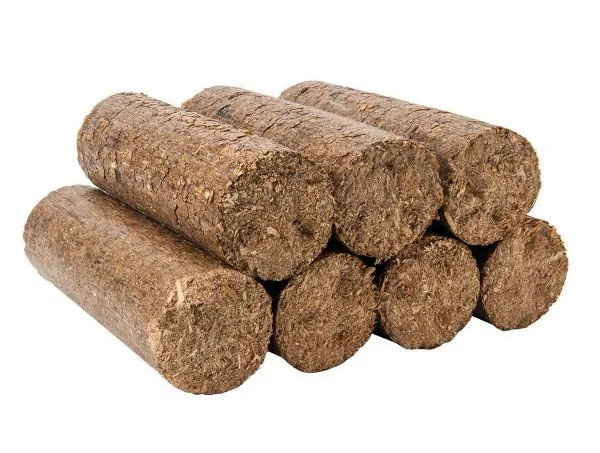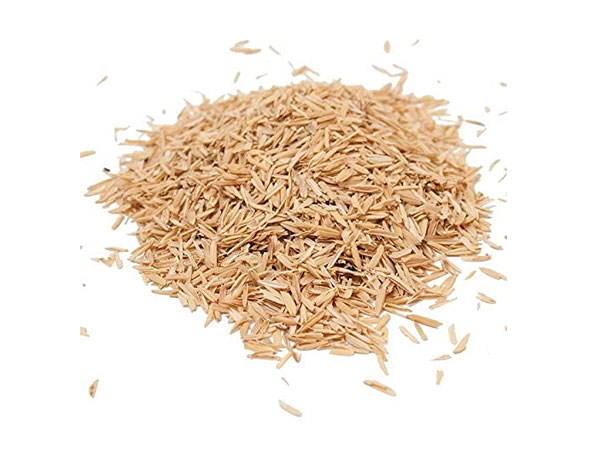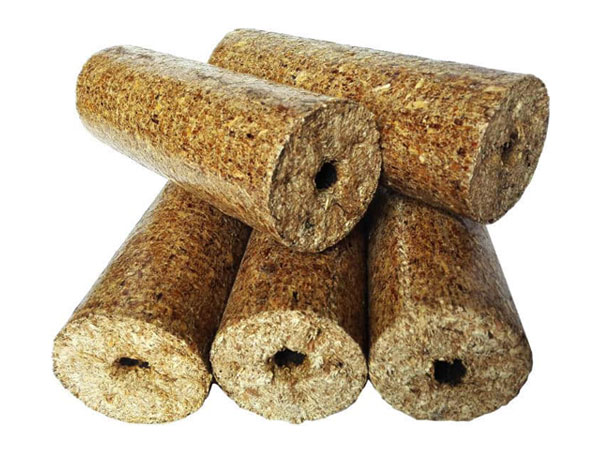-
Get Free Consulting: +91-9874563210
-
B – 97, 3rd Floor, Sector – 67, Gautam Budha Nagar, Noida – 201301 (India)
Biomass Briquettes & Pallets
Products and Services
We offer a wide range of high-quality biomass products tailored to various industrial applications. Our product lineup includes biomass briquettes, pellets, and wood chips, carefully crafted from organic waste materials and agricultural residues. These products serve as clean, efficient, and cost-effective fuel alternatives for boilers, power plants, and other energy-intensive processes.
Biomass Briquettes and Pellets
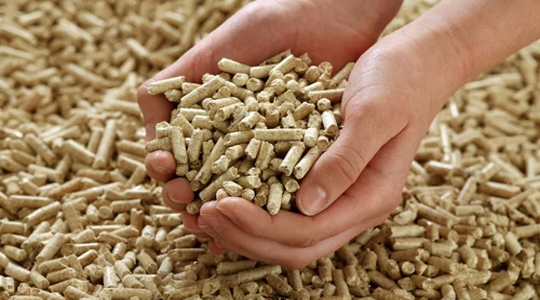
Biomass briquettes and Pellets are a type of renewable energy product made from organic materials such as agricultural residues, forest waste, and other biomass materials. These materials are compressed into solid blocks or briquettes, which can be used as a fuel source in various industries. Here are some specifications, uses, and benefits of biomass briquettes for industries:
We manufacture biomass briquettes and Pellets from various renewable sources such as agricultural waste i.e. Rice Husk, Mustard Waste, Bhoosa (mix), forest residues, and energy crops. Our briquettes and Pellets have a high calorific value, and low ash content, and are suitable for use in industries such as power generation, heating, and cooking.
Please note that these specifications are approximate and can vary based
on factors such as moisture content, ash content, and density.
Briquettes and Pellets Specifications
Composition: Biomass briquettes and Pellets are typically made from a combination of biomass materials such as sawdust, wood chips, straw, husks, or other agricultural residues.
Size and Shape: Briquettes are usually cylindrical in shape with a 65-90 mm length.
Moisture Content: The moisture content of biomass briquettes is generally low, typically ranging from 8% to 10%.
Calorific Value: Biomass briquettes have a high calorific value, typically ranging from 3500 to 5000 kilocalories per kilogram (kcal/kg), depending on the composition.
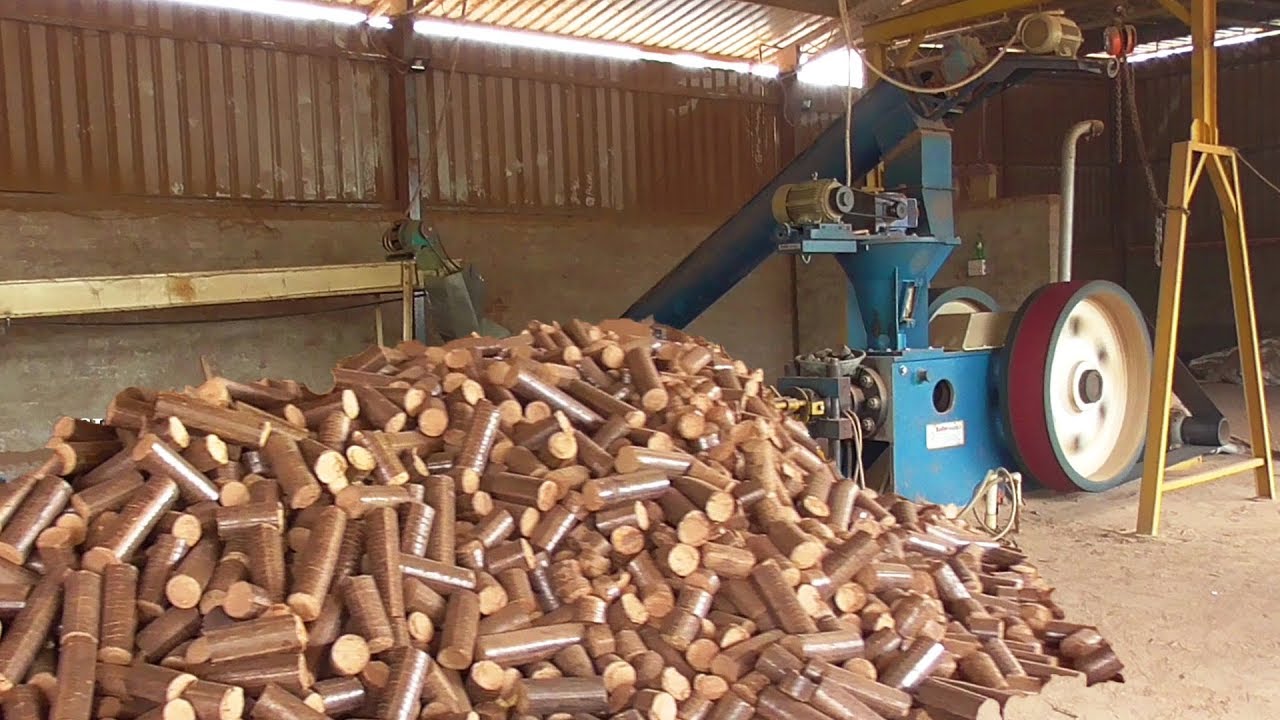
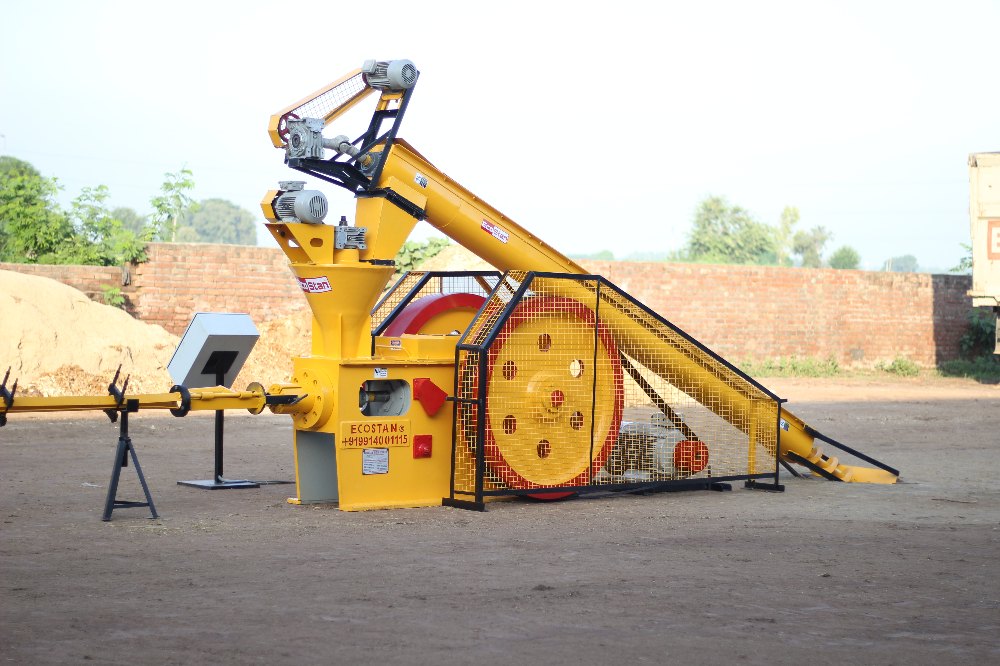
Uses
Industrial Boilers: Biomass briquettes can be used as a replacement for coal or firewood in industrial boilers. They provide a sustainable and cost-effective fuel source for heating or generating steam in industries such as textiles, food processing, paper mills, and brick kilns.
Power Generation: Biomass briquettes can be utilized in biomass power plants to produce electricity. The briquettes are combusted in a boiler to generate steam, which drives a turbine connected to an electrical generator.
Residential Heating: In some regions, biomass briquettes are used for household heating purposes in stoves or fireplaces.
Benefits of Biomass Briquettes and Pellets
Renewable Energy Source: Biomass briquettes are derived from organic materials that can be replenished through sustainable practices. Their use helps reduce dependence on fossil fuels and contributes to mitigating climate change.
Waste Utilization: Biomass briquettes provide an avenue for utilizing agricultural residues and forest waste that would otherwise be burned or left to decompose, causing environmental issues such as air pollution and greenhouse gas emissions.
Cost-effective: Biomass briquettes can be an economical alternative to fossil fuels, as the raw materials used are often readily available and low-cost or even waste materials.
Reduced Emissions: Biomass briquettes have lower emissions of sulfur, nitrogen, and greenhouse gases compared to traditional fossil fuels, resulting in improved air quality and reduced environmental impact.
Easy Storage and Handling: The compact and uniform shape of biomass briquettes makes them easy to store, handle, and transport, as they occupy less space and have higher energy density compared to loose biomass.

COMPARISON BETWEEN FOSSIL FUEL & BIOMASS
| S.no | Factors | Briquettes | Coal | Furnace Oil |
| 01 | Calorific Value | 3000-4500 | 4100-4200 | 10000 |
| 02 | Ash Content | 5-7% | 20-30% | 0.001 |
| 03 | Pollution/ Poisonous effluent smoke | No Smoke, No Sulphur | Sulphur, CO2, Phosphorus Fumes | Sulphur, CO2, NOX |
| 04 | Moisture | Below 10% | 10-20% | 0.01 |
| 05 | Cost | Cheap | Little expensive | High expensive |
| 06 | Wastages/Loss | 6-8% | 15-20% | 0.02 |
| 09 | Labor Usage | Single Person is Enough | At least two persons require | At least two persons require |


